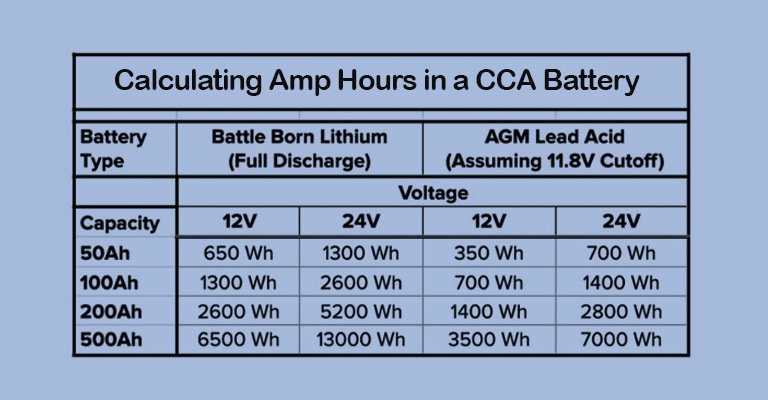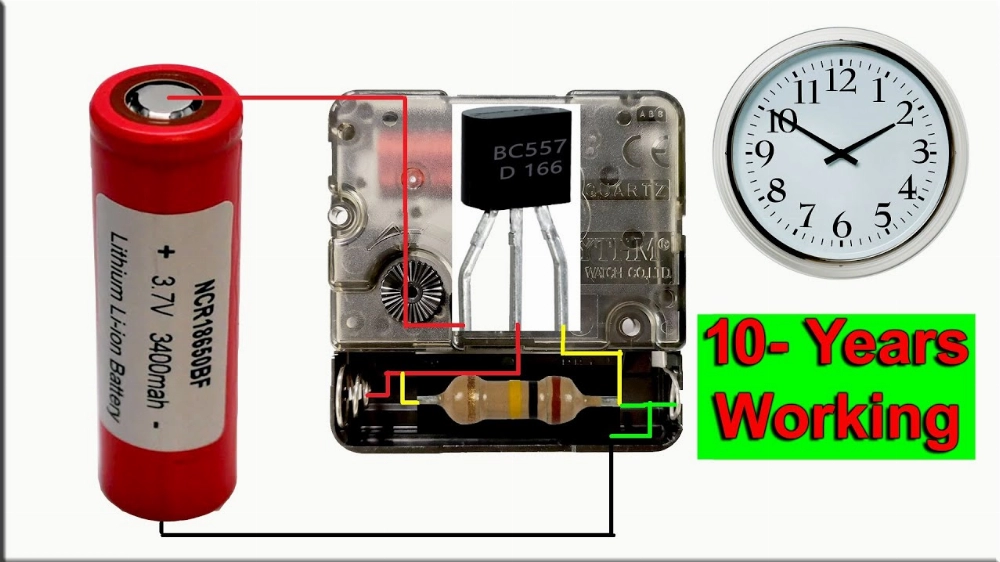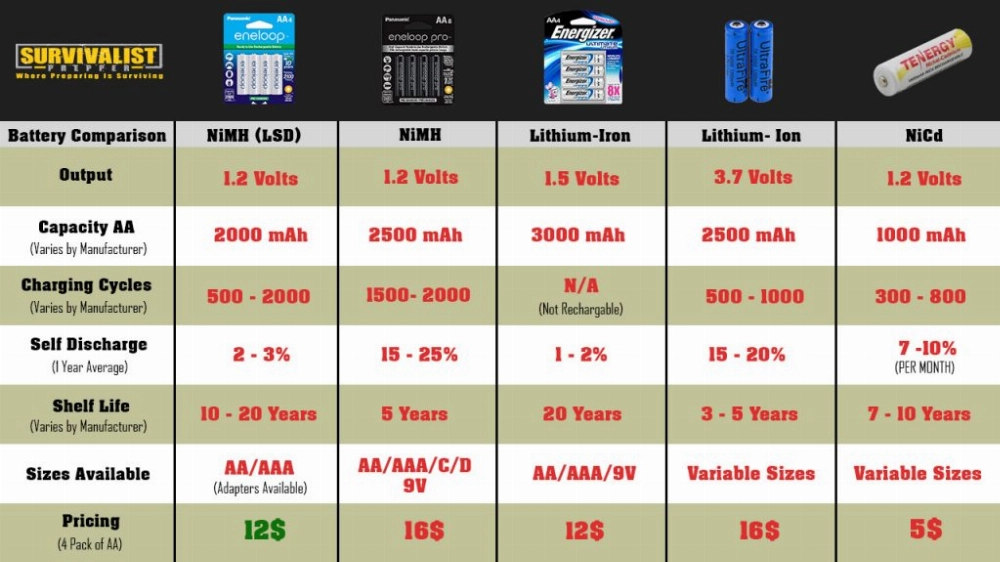Understanding the Differences Between MCA and CCA Ratings in Batteries
If you’re in the market for a battery that suits your needs, understanding terms like MCA and CCA is crucial. These ratings help determine a battery’s performance under specific conditions. Let’s break down what MCA and CCA mean and how they differ so you can make an informed decision.
Part 1: What is MCA on a Battery?
Definition of MCA
MCA stands for Marine Cranking Amps (MCA), a critical measurement for marine batteries. This rating indicates the battery’s ability to deliver a high burst of power to start the engine of a boat or other marine equipment. Unlike Cold Cranking Amps (CCA), which is commonly used for automotive batteries, MCA is specifically designed for the unique demands of marine applications.
MCA and Starting Marine Engines
Marine environments present unique challenges for engine starting. Factors such as moisture, temperature fluctuations, and the corrosive effects of saltwater can make starting a marine engine more difficult. Therefore, MCA measures the battery’s ability to overcome these challenges and reliably start the engine, ensuring dependable performance, particularly in emergency situations or choppy waters.
How MCA is Measured
MCA is measured by applying a load to the battery for a specified duration at a specific temperature, typically around 32°F (0°C), and monitoring the voltage drop. A higher MCA rating indicates that the battery is better equipped to deliver the power needed to start an engine in harsh conditions. Keep in mind that MCA ratings can vary between manufacturers and specific battery models.
Importance of MCA in Marine Batteries
For marine batteries, MCA is a critical factor when selecting the right battery for your boat. Marine engines often require a significant surge of power to start. A battery with an adequate MCA rating ensures that the engine starts reliably, even in challenging conditions. Selecting the correct MCA rating can prevent issues like slow starts, engine stalling, or complete failure—problems that can be both dangerous and inconvenient when you’re out on the water.
Part 2: What is CCA on a Battery?
Definition of CCA
CCA, or Cold Cranking Amps (CCA), is an important specification for automotive batteries, especially for those who live in colder climates. CCA refers to the amount of current (in amps) a battery can deliver for 30 seconds at 0°F (-18°C) while maintaining a voltage of at least 7.2 volts.
It measures the battery’s ability to start an engine in cold weather, as cold temperatures can thicken engine oil, making it harder for the engine to turn over.
CCA and Starting Vehicles in Cold Weather
Cold weather can make starting a vehicle particularly challenging because battery efficiency decreases and engine resistance increases. CCA is crucial in these conditions because it measures how much power the battery can provide to crank the engine. A higher CCA rating indicates that the battery will provide more reliable power to start the vehicle, even in freezing temperatures.
How CCA is Measured
CCA is measured through a standardized test where the battery is discharged at a specified temperature, and the voltage drop is monitored. A higher CCA rating indicates a greater ability to handle cold conditions. As with MCA, CCA
Part 3: MCA vs. CCA: Key Differences
Measurement Units: MCA (Marine Cranking Amps) and CCA (Cold Cranking Amps)
Both MCA and CCA are used to assess a battery’s starting power, but they are used in different applications.
- CCA Purpose: CCA measures a battery’s ability to start an engine in cold conditions, specifically at 0°F (-18°C). The battery must maintain a minimum voltage for a specified duration to ensure reliable engine starting.
- MCA Purpose: MCA is specifically designed for marine applications. It measures the power a battery can deliver to start a marine engine at normal temperatures, typically around 32°F (0°C).
Part 4: MCA vs. CCA – Application Differences
Starting Marine Engines
MCA is crucial for starting marine engines, especially in environments with fluctuating temperatures, humidity, and saltwater exposure. It ensures the battery can provide enough power to start the engine and initiate combustion, even under harsh marine conditions.
Starting Vehicle Engines
CCA, on the other hand, is vital for vehicles, particularly in colder climates. It indicates whether the battery has sufficient power to start the engine at freezing temperatures, preventing issues such as slow starts or starting failures.
Specific Conditions
MCA is tailored for marine environments, considering factors like saltwater exposure and high humidity, which require robust starting power. In contrast, CCA is designed for vehicles operating in cold climates, guaranteeing reliable engine starts even in sub-zero conditions.
Part 5: Choosing the Right Battery Based on MCA and CCA
Determine Your Needs
To select the right battery, start by identifying its primary use—whether it’s for your vehicle or boat. This will help you focus on the relevant specifications.
Consider Environmental Conditions
Assess the typical conditions in which your battery will operate:
- Cold Climates: If you live in an area with harsh winters, prioritize CCA for your vehicle battery.
- Marine Use: If you’re navigating in harsh marine environments with saltwater exposure, opt for a marine battery with MCA specifications.
Check Manufacturer Recommendations
Consult the recommendations of your vehicle or boat’s manufacturer. They often specify the minimum CCA or MCA values or specifications required for optimal performance, ensuring compatibility and reliability.
Compare Ratings
When choosing a battery, compare the MCA and CCA ratings of various options. Higher ratings generally indicate stronger starting power and better performance in harsh environments.
Consider Battery Type and Size
Determine whether you need a traditional lead-acid battery or more advanced technology like AGM (Absorbent Glass Mat) or lithium-ion. Also, ensure the battery size matches your vehicle or boat’s specifications.
Budget and Warranty
While it’s tempting to opt for the cheapest option, consider investing in a high-quality battery with a longer warranty. A good warranty can save you money in the long run by mitigating the risk of premature failure.
Part 6: Frequently Asked Questions (FAQ)
Are MCA and CCA the Same?
No, MCA (Marine Cranking Amps) and CCA (Cold Cranking Amps) are not the same. Both measure a battery’s ability to start an engine, but MCA is for marine applications, while CCA is designed for vehicles, especially in cold climates.
What Does 750 MCA Mean on a Battery?
A battery rated at 750 MCA can deliver 750 amps of starting power to crank a marine engine under normal temperature conditions.
What is considered a low CCA for a battery?
A low CCA number indicates reduced starting power, which can lead to difficulty starting the engine, or even starting failure, in freezing temperatures.
Is More Cold Cranking Amps (CCA) Better?
No, having too much cold cranking amps (CCA) is not a problem. In fact, it is better to have a higher CCA rating, even an excessive one, as it ensures the battery has enough power to start the engine, especially in cold weather conditions. Higher CCA means greater reliability, providing more peace of mind during the colder months.
Related Tags:
- KHZH
- Battery Industry Content Writer
More Articles:
Understanding 11.1V LiPo Batteries: Features, Advantages, and Common Applications
11.1V LiPo batteries power remote control models, drones, and other devices. This guide explores its key features, advantages, and common application scenarios.
Lithium-Ion Jump Starter vs. Lead-Acid Jump Starter: Key Differences
Lithium-ion jump starters offer a quick and reliable solution to revive a dead car battery. Learn how it differs from traditional lead-acid jump starters.
How to Safely Clean Leaked Battery Terminals: A Step-by-Step Guide
This guide walks you through the risks and proper techniques for safely cleaning leaked battery terminals.
Portable Battery Charger vs. Power Bank: What’s the Difference?
A portable battery charger is a general term for any mobile charging device, whereas a power bank specifically stores energy to charge devices without a direct power source.
The Ultimate Guide to Using a Lithium-Ion Jump Starter
Lithium-ion jump starters are essential for automotive emergencies. This comprehensive guide covers how to use, maintain, and why it’s an essential tool for handling unexpected situations.








